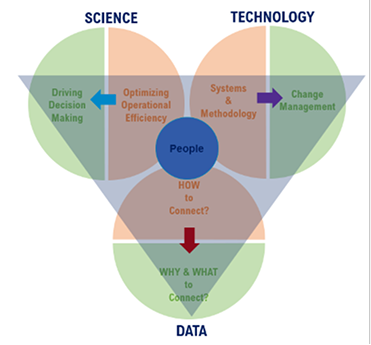Introduction
Lab Informatics project requirements are living and breathing as much as the people working to meet them. Amongst other reasons, requirements may change to account for updated lab processes, priority changes, or additional process data collected. While geared specifically towards laboratory informatics, this guide may also be applied to any software-based project that faces changing requirements. Changing requirements pose a challenge for customers and consultants alike. Effectively navigating them together properly can help provide users with the best possible end-product. Here are key considerations to maintain momentum and foster a cohesive team.
Understanding the Request
As requirements expand or pose risks to the system, proactive team members play a crucial role in pushing back. This dynamic, while challenging, fosters the development of well-configured systems. To push through the shaping of requirements, you should expect your developers to be able to help bridge the gap to find the best path forward.
Clarifying Intent and Vision
Team members need to be able to listen first and strive to understand the driving need for the requirement. As the customer, you may need to provide examples of your expectations for process inputs and your vision for the end-result. Including flowcharts, mockup forms, or an outline of the current and desired process is extremely helpful. Open communication ensures that interpretations align, with follow-up questions serving as bridges to mutual understanding.
Tapping into your Consultant’s Knowledge
Consultants are more than problem solvers; they are educators, empowering customers with information and distilling relevant functionality. As a customer, you should feel empowered to request additional training or knowledge transfer for your product. A quality consultant excels as both a diligent learner and an effective teacher, elucidating reasons behind recommendations or limitations.
Do alternatives exist?
While your vision may not be possible or recommended, your consultant may suggest alternative solutions. A quality consultant should guide you through the logic for alternative solutions and be open to outside ideas for resolution. Stepping back into a learning mindset, ask any questions you can think of to help keep traction towards a potential solution. Active listening and solutioning from all parties at this step is extremely helpful. If several potential alternatives are considered, leaving the consultant with high-level expectations ensures a focused investigation into potential solutions.
Is there additional investigation required?
Allowing your consultant to take the conversation offline can provide them with the opportunity to identify alternatives and organize information. This is an iterative step where the consultant should provide an email, other written communications, or may set up another meeting to provide you with the investigation results. For each iteration of communication, you should expect to feel closer to a satisfactory solution where the goal is to achieve mutual understanding that emphasizes a quality workable solution. A quality consultant may use one or multiple of the following tools to help guide choosing an alternative.
- Numbered alternatives complete with an evaluation of the benefits and drawbacks for each option
- Visual aids such as screenshots, wireframes, or mockups
- Light development or configuration for displaying examples
- A plain language logic outline for the process
- A visual flowchart of the proposed solution(s)
Conclusion: How do we move forward?
Although some of the earlier questions may be irrelevant, I feel that this is the most important aspect of handling changing requirements within a project. When determining the answer to this question, your consultant should ensure that all parties are supportive of the chosen path and effectively communicate clear and achievable expectations for success. If the result of this process includes performing no action or development, you should feel heard and satisfied with that result. If an alternative is chosen, then the expectations have been inherently defined, and your team should have a clear path to success.
To find out more, please contact us at info@zifornd.com



